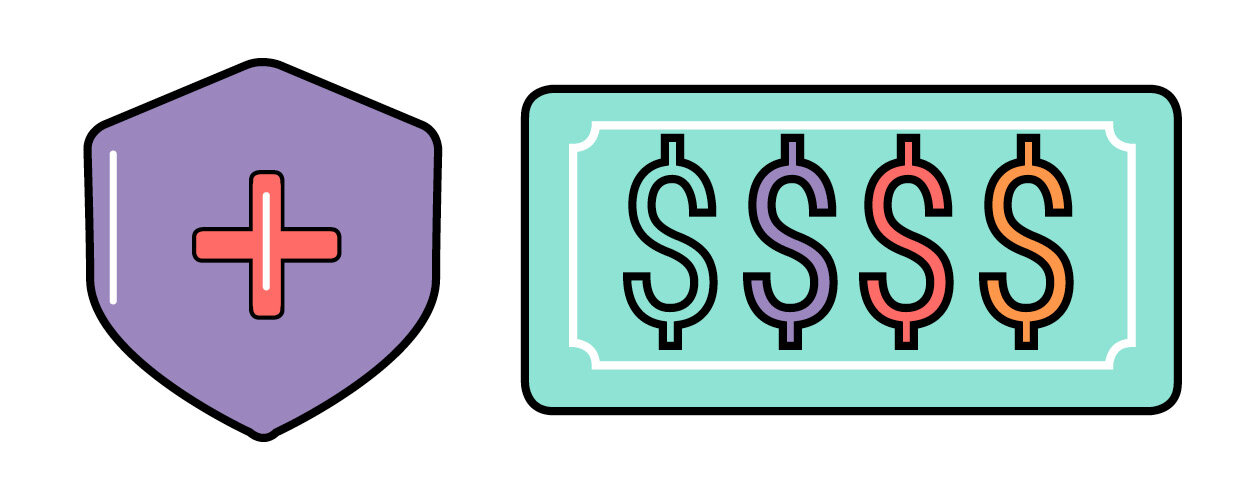Getting (or using) your health benefits for the first time can be daunting. Below are three simple steps to get you started on the right path.
Need to enroll, but don’t have employer sponsored health insurance? Check out this guide to health insurance without employer sponsorship.
The Healthcare Hustlers may collect a share of sales or other compensation from the links on this page. Oh, and FYI — any prices listed are accurate and items in stock as of time of publication. These are subject to change.
As an Amazon Associate The Healthcare Hustlers earns from qualifying purchases.
STEP ONE
Review your insurance plan benefits.
When you enroll in your health insurance plan, you should be given access to several documents that provide care and coverage details. Start by reviewing the “Summary of Benefits and Coverage.” This document outlines which services are covered and how the cost sharing is structured. It is fairly easy to read and you’ll find services grouped by service type, including (but not limited to):
Office Visit
Mental Health
Lab Tests
Prescriptions
Inpatient/Outpatient Surgery
Emergency Room
Pregnancy
This document also clearly shows which services are excluded, meaning there is no coverage for the service.
Check out an example here.
STEP TWO
Schedule an annual preventive physical with a in-network primary care provider.
As long as this is billed correctly, a preventive physical is free, so why not take advantage?! Click here to learn more about finding an in-network doctor and check out this article to ensure you don’t get a bill!
STEP THREE
Begin contributing to your Flexible Spending Account or Health Savings Account (if you have one).
Some plans offer accounts that allow you to set aside pre-tax funds to pay for any “qualified healthcare expenses.” By contributing to these accounts, you take advantage of tax savings and create an emergency fund for future healthcare expenditures.
You should review the details of the account available to you. Both accounts have maximum contribution limits, and FSA accounts are generally “use it or lose it” meaning you must spend the amount in the account before the end of the plan year or the money will disappear.
Learn more about HSAs vs. FSAs.
Following these three simple steps can make a big difference down the road, saving you both time and money.

